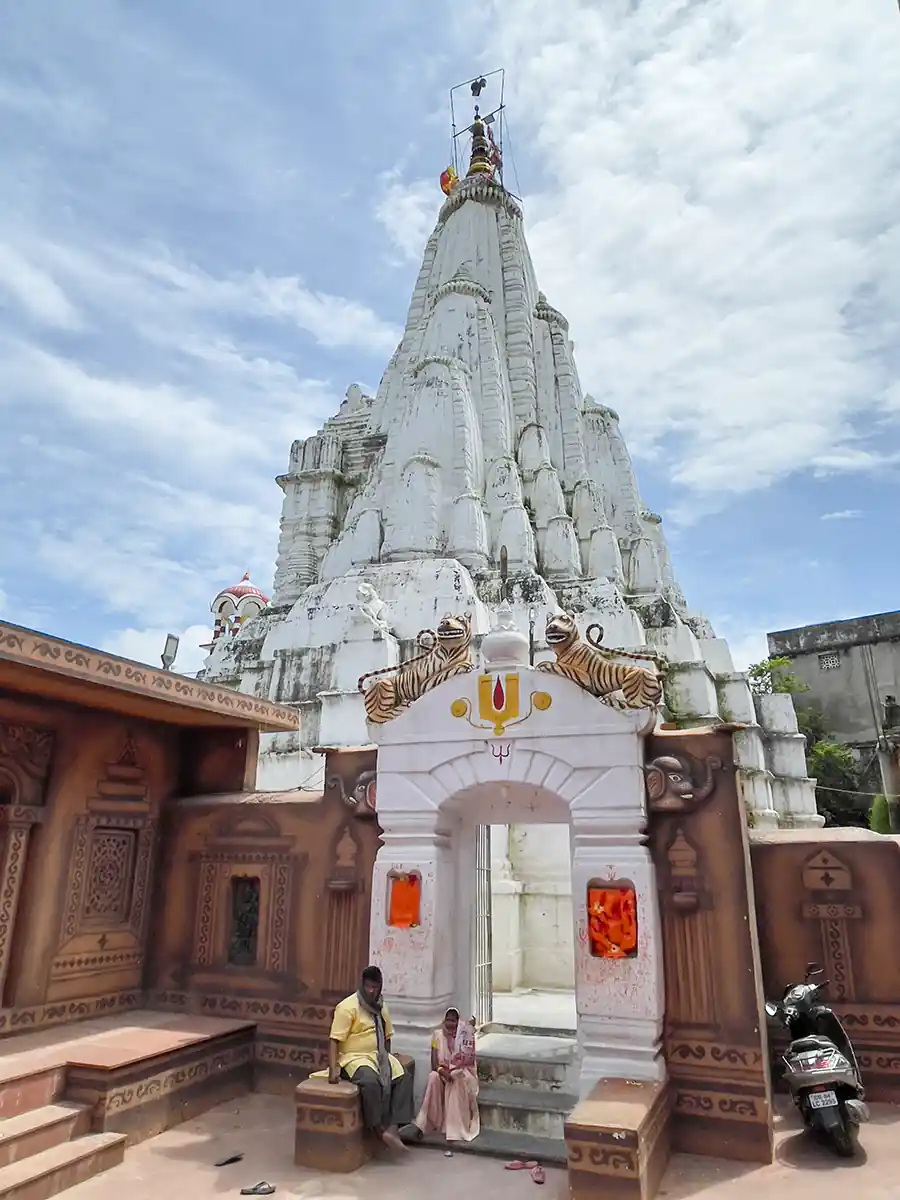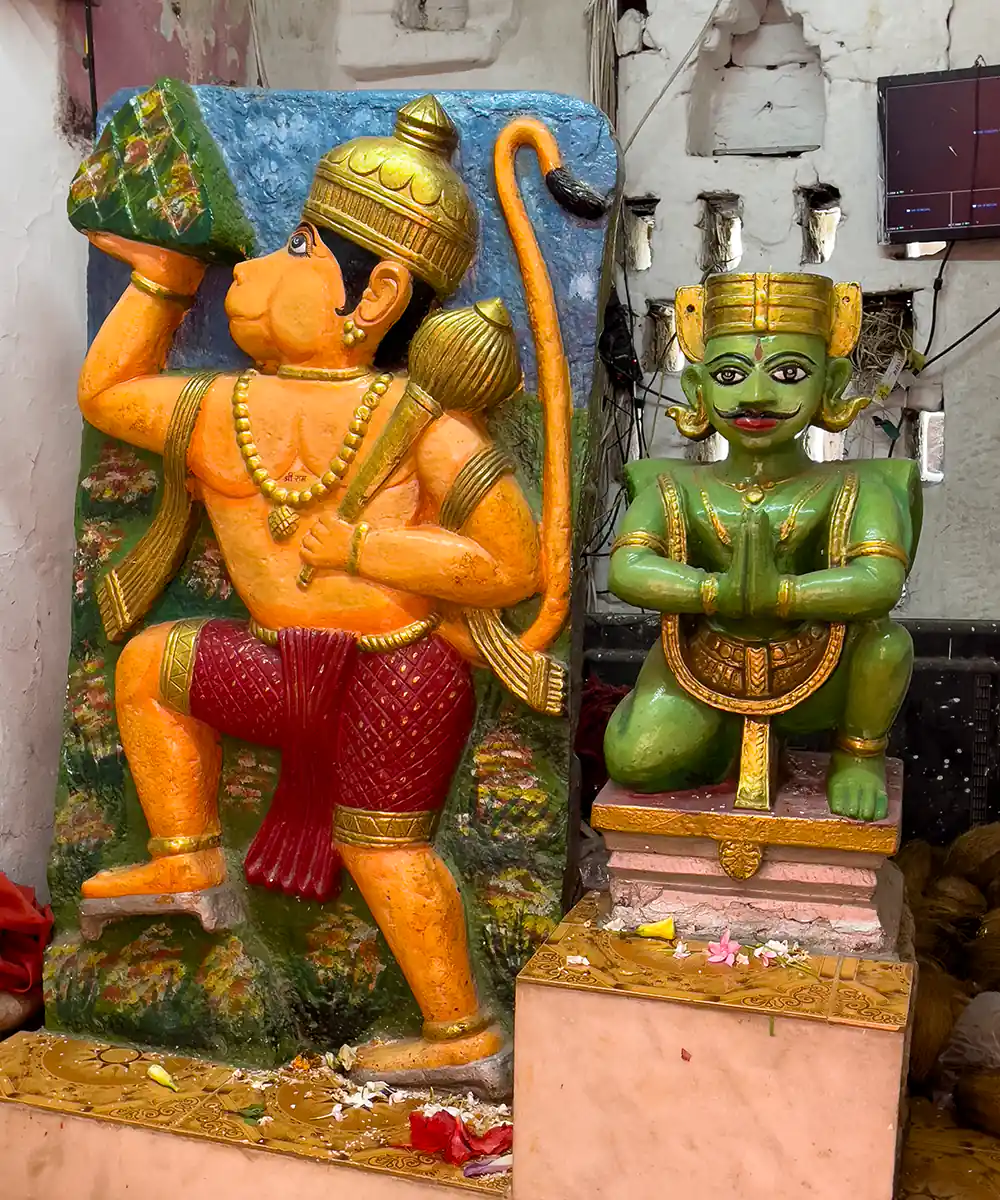Shivrinarayan Temple, Seorinarayan
Shivrinarayan Temple is a sacred site located in the town of Seorinarayan in the Indian state of Chhattisgarh. The temple is dedicated to Lord Shiva, one of the most revered deities in Hinduism. This site is considered to be one of the most important pilgrimage destinations in the region and attracts thousands of devotees each year.
The temple has great significance in Hindu mythology and is associated with various legends and myths. According to one popular belief, this is the place where Lord Rama and Sita stopped during their exile. It is said that Lord Shiva himself appeared before them here and blessed them. Another story suggests that the temple was built by King Shiva Deva, who ruled the area in the 14th century.
The temple has a distinct architectural style that reflects the traditional style of Chhattisgarh. The temple is built of locally available red stones and has a unique dome-like structure. The temple is divided into several sections, with the main shrine of Lord Shiva being situated at the center. The walls of the temple are adorned with intricate carvings and sculptures of various Hindu deities.
The temple is surrounded by a lush forest that is home to a diverse range of flora and fauna. The area is rich in natural beauty and is located on the banks of the Mahanadi River. The surrounding hills offer stunning panoramic views of the region.
Shivrinarayan Temple is a popular destination for pilgrims and devotees. The temple hosts several festivals and events throughout the year, including the Mahashivratri festival which is celebrated with great fervor. During this festival, the temple is beautifully decorated and devotees offer prayers and perform rituals to Lord Shiva.
Historically, the temple was visited by several prominent personalities, including the famous saint Kabir. The temple is also associated with the Vaishnavite tradition and has a strong connection to the Bhakti movement. The temple is considered to be one of the most important centers of the Nath tradition of Hinduism, which emphasizes the role of yoga and meditation in spiritual growth. The temple has also been designated as a heritage site by the government of Chhattisgarh, which recognizes its importance as a cultural and spiritual landmark.
Chronology
- Mythological origins: Legends suggest that the Shivrinarayan Temple was established in the Treta Yuga (approximately 1.2 million years ago) by Lord Rama during his exile period. According to Hindu mythology, Lord Ram, Sita, and Lakshman visited the region during their exile.
- Ancient times: The region where the Shivrinarayan Temple stands is believed to have been inhabited since ancient times.
- 10th century: The Shivrinarayan Temple was built during the 10th century CE by the Kalchuri king Ratnadev I, and it is believed to be a part of the larger temple complex that was built during the reign of the Kalchuri dynasty, which ruled the region from the 6th to the 18th century CE.
- 12th century: The temple complex was expanded and renovated during the reign of the Chalukya dynasty.
- 13th century: The temple complex was expanded and renovated during the reign of the Haihaya dynasty.
- 13th century: Later, during the 13th century, the temple was destroyed by the Muslim invader Muhammad of Ghor, and it remained in ruins for several centuries.
- 16th century: The temple complex was restored and renovated during the reign of the Maratha Empire.
- In the 18th century, the temple was rebuilt by the Maratha rulers of Nagpur.
- In 1878, the British government declared the temple as a protected monument under the Ancient Monuments Preservation Act.
- In 1903, the temple was renovated by the then chief of Raipur, Raja Mahant Ghasi Das. Mahant Ghasi Das also established an ashram near the temple in the early 20th century.
- 1951: The temple was managed by the Mahants until 1951 when the Madhya Pradesh government took over its management under the Madhya Pradesh Religious Trusts and Endowments Act.
- 1970s -1980s: The temple underwent major renovations in the 1970s and 1980s under the auspices of the Archaeological Survey of India (ASI).
- Annual: The temple hosts several festivals throughout the year, including Maha Shivaratri, Holi, Navaratri, and Diwali. The annual fair held in the temple complex during the Navaratri festival is particularly popular among devotees.

Martin Gray is a cultural anthropologist, writer and photographer specializing in the study of pilgrimage traditions and sacred sites around the world. During a 40 year period he has visited more than 2000 pilgrimage places in 160 countries. The World Pilgrimage Guide at sacredsites.com is the most comprehensive source of information on this subject.


